Exploitable Results
Explore the results that the project has delivered.
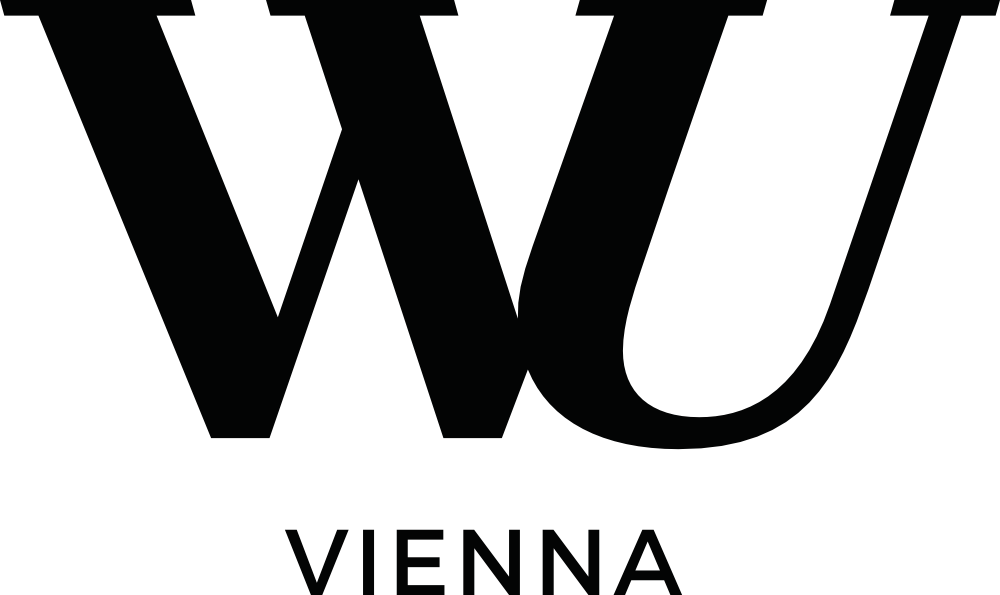
Advanced Method for Building and Curating Industrial Updatable Graphs.
One of the key results of the Teaming.AI project are new methods to extract industrial data at scale and transform them into integrated knowledge graphs at production time. The constructed graphs are dynamically populated to provide contextual information to human and AI agents and enable low-latency decision support.
-
The methods are grounded in standard representations (e.g., RDF) and integrate data based on several well-established industrial methods and standards (e.g., FMEA, PPR models, etc.), but a key innovation is that the methods tackle scalability challenges and enable semantic data integration in industrial settings. The resulting industrial knowledge graphs provide a shared knowledge space to enable collaborative problem solving and a flexible foundation for AI/ML applications.
-
The method provides a modular approach for knowledge graph population and curation from complex and heterogeneous industrial/manufacturing domains. It helps different stakeholders to represent and share their mental models in a uniform standard representation that can be interpreted by both humans and AI agents.
-
- Smart Manufacturing, e.g., Injection Moulding Industry
- AI system for Industrial Manufacturing in general
Click to view larger images
1
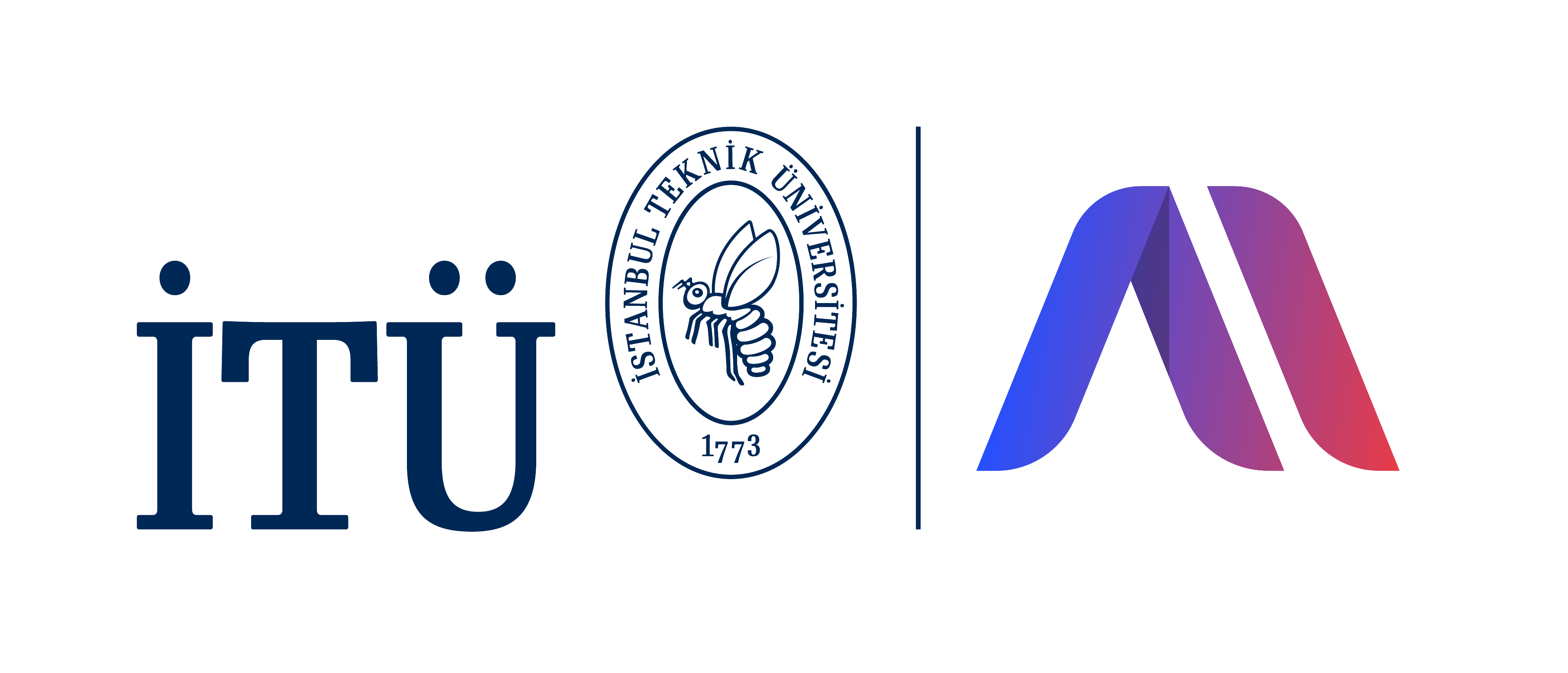
Advanced Machine Learning Algorithms for Defect Prediction
ITU Artificial Intelligence and Data Science Application and Research Center (ITU AI) develops a collection of machine learning algorithms that can process injection machine sensor data and the images of the produced parts to detect manufacturing defects such as flashes, scratches and cracks.
-
The main contribution is a novel machine learning architecture that can process both vision data and sensor time-series data to concurrently to obtain greater defect detection accuracy.
-
High accuracy defect detection, which leads to reduced scrap rates and cost savings.
-
Although the algorithms were developed for plastic injection, they can be used for any kind of manufacturing application, as long as the training data is available.
2
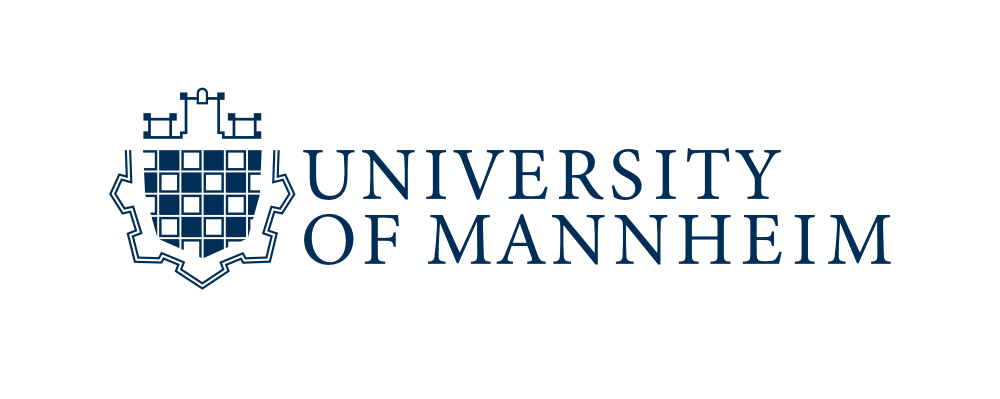
Dynamic Knowledge Graph Engine
The University of Mannheim provides a novel extension for well-established triple store frameworks that allows for dynamic knowledge graph embeddings based on an automatic synchronisation mechanism.
-
Besides addressing the current lack of dynamic knowledge graph embedding methods, the partner’s work also includes a lean updating approach to efficiently recognize knowledge graph modifications.
-
Knowledge graph embeddings can be computed on the fly to use them in downstream applications within dynamic domains such as manufacturing.
-
All areas that intend to utilize knowledge graph embeddings within dynamic use cases.
3

Process Knowledge Graph Extractor
The University of Mannheim provides a novel extension for well-established BPMN process orchestration engines that enable dynamic knowledge graph representations of process executions and their underlying models, allowing for a subsequent semantic integration with background knowledge.
-
Even though state-of-the-art process orchestration tools are equipped with logging mechanisms, they do not come with semantically enhanced digital shadows of process knowledge. The aim is to close this gap.
-
Process engineers do not need to become knowledge graph experts. They can just plug in our extension to automatically retrieve knowledge graph representations of their processes.
-
All areas that contain process orchestration tasks.
4
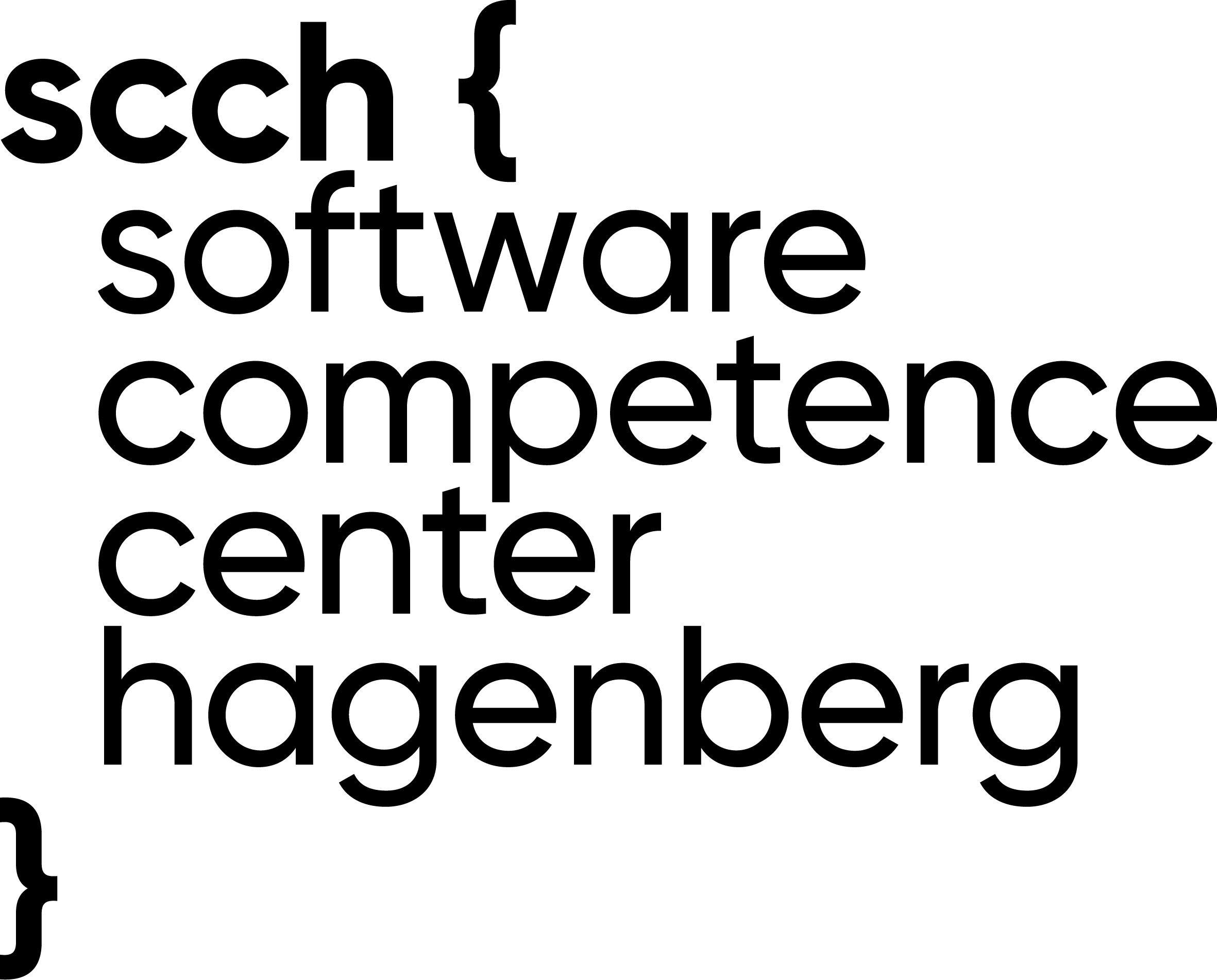

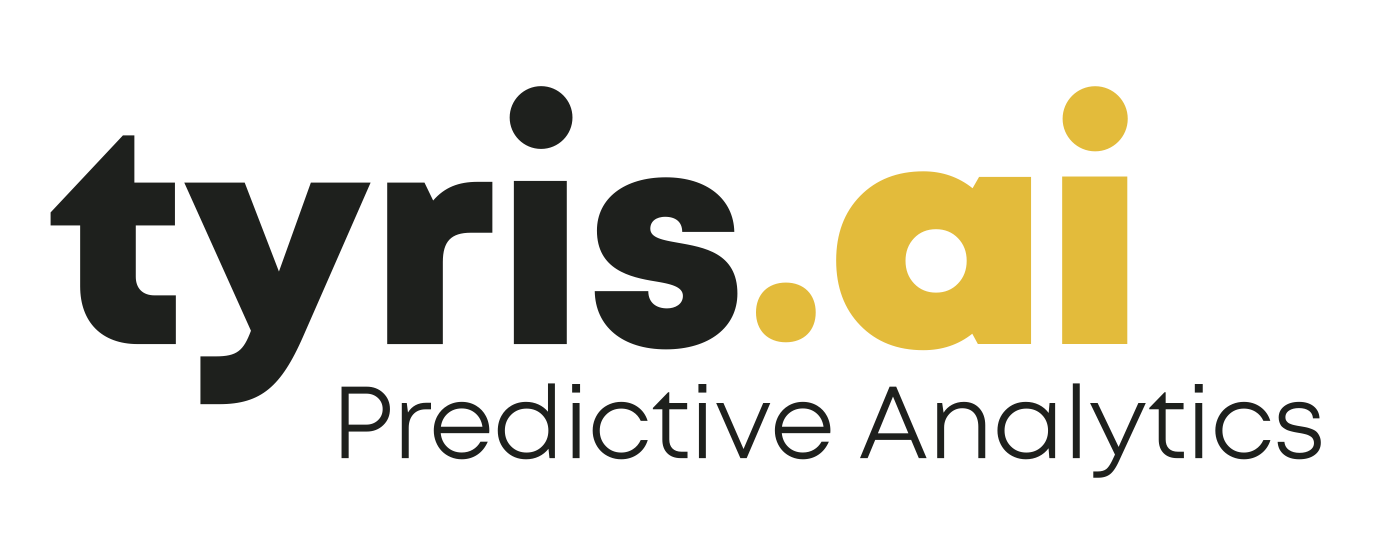
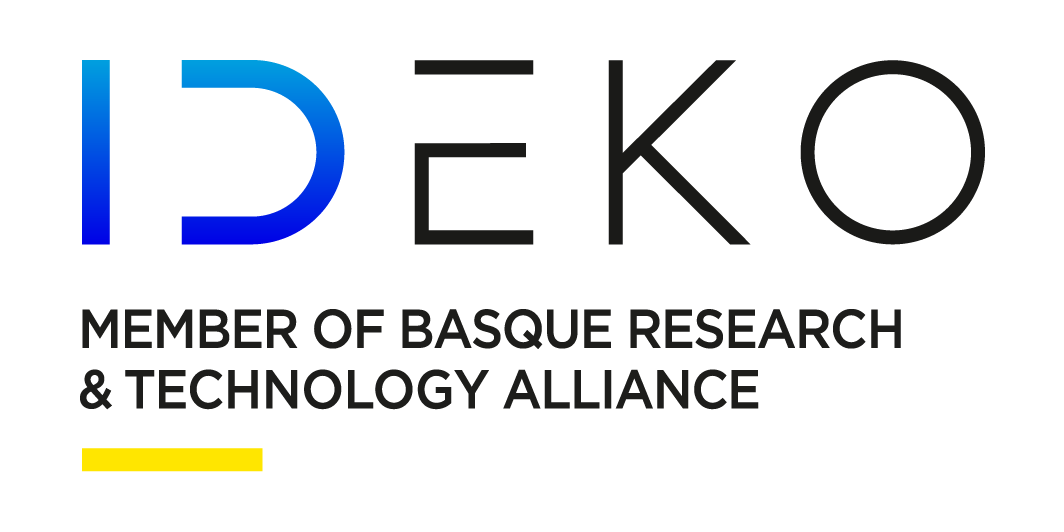
TEAMING.AI engine software platform
The TEAMING.AI engine software platform is an AI-driven decision support system to guide human-AI interactions based on a digital shadow of a dynamic industrial environment including human- and production-based processes.
It consists of tools
for the orchestration and analysis of modelled teaming processes
for continuously monitoring the knowledge graph and its dynamic updates, and
for the adaptation of teaming workflows.
-
The current state of the art is limited in terms of team modelling and dynamic adaptability. The project’ approach addresses both by integrating methods for process modelling and knowledge-update mechanisms to come up with an enriched digital shadow that goes beyond static models.
-
This software tool is designed for real-time process management and ensures the effective execution of these teaming processes. It performs continuous observation and analysis, allowing for the immediate detection of any deviations or disruptions in the team workflows. This recognition supports a prompt response, facilitating adjustments to maintain the operation of the platform.
-
Recommender systems for guiding humans (or teams of humans) to interplay with machines or industrial processes, in particular to mitigate the cognitive workload (e.g., in a fault analysis setting for complex machines or process such as injection molding) or to mitigate ergonomic risks in physically demanding work processes. In each application scenario the AI system provides recommendations (e.g., how to reduce ergonomic risks based on a vision system) and it takes feedback from humans to improve overall performance.
5
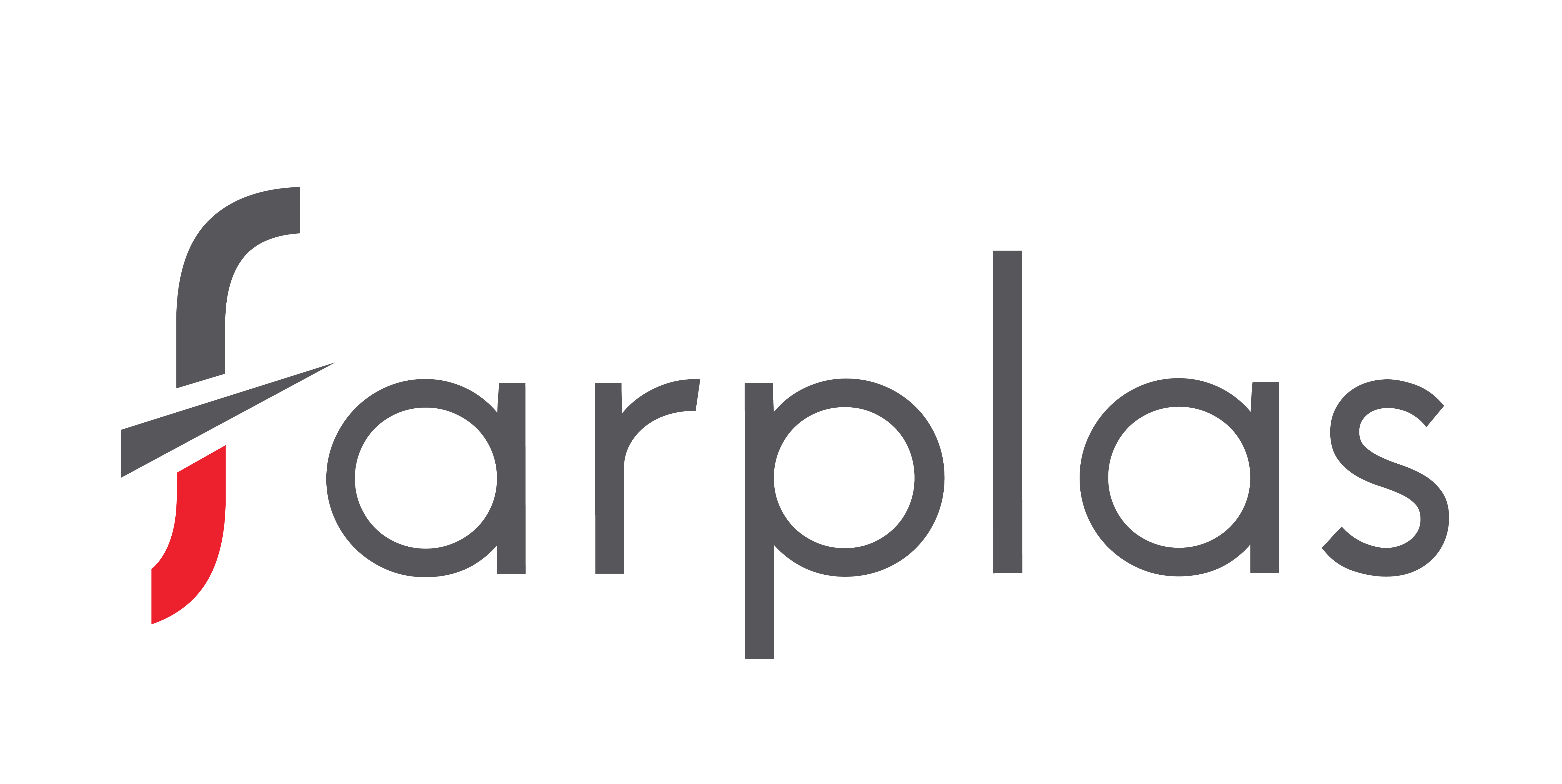
Software solution for machine parameter optimisation based on root cause analysis
This software is developed based on knowledge graph representation populated from several existing manufacturing knowledge such as FMEA and injection process adjustment protocols(IPAP). The populated knowledge graph provides several functionalities such as finding root causes of production failures through SPARQL query via graph database. The system also provides recommendation of machine parameter optimisation based on the cause of the failure.
-
Even though state-of-the-art process orchestration tools are equipped with logging mechanisms, they do not come with semantically enhanced digital shadows of process knowledge. The aim to close this gap.
-
The knowledge graphs representation not only provides semantic linking/integration of heterogeneous manufacturing knowledge (process, product, resources) but also supports reusability, extensibility, and interoperability.
-
- Smart Manufacturing, e.g., Injection Moulding Industry
- AI system for Industrial Manufacturing in general
Click to view larger images
6

Software solution for machine data extraction
Production machinery are complex systems involving many parameters to be monitored. A connection software has been developed in order to link injection machines from production environments to decision maker models, allowing the ingestion of process data in a seamless manner
-
The development of advanced machine diagnostics software based on machine learning is intricately linked with hardware development. Accurate information obtained from machines and connected devices is crucial to the correct functioning of the software. Software sockets have been developed to link incoming data from injection machines with a data language that the system can understand.
-
The developed software sockets allow a seamless data acquisition from in-plant machines so data can be immediately consumed by the system. The data ingestion allows the AI models to be trained and used in a more simplified manner.
-
Streaming data coming from any sensor embedded in machines.
7

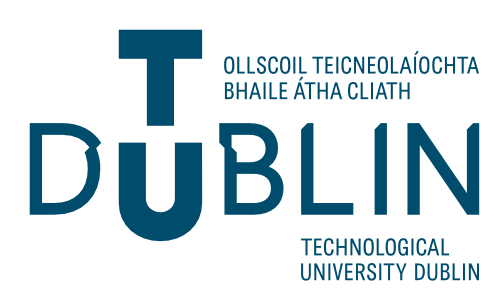


Software solution for ergonomic risk assessment using vision-based posture analysis
This tool assists OSH experts with camera technology for advanced ergonomic risk assessment utilising digital representations of human-centred processes on a large-scale for fast and accurate evaluation of work environments, to improve the workplace safety.
-
Usage of wide-angle cameras to monitor a very large work place and analyse multiple workers simultaneously, creating a digital shadow of a human-centred work process.
-
Rapid on-the-fly analysis of multi-person scenes on a large scale reduces occupational health officers' analysis time and allows for accurate work situation descriptions, as well as simplified follow-up improvement comparisons.
-
All factories involving human-intense Industrial Manufacturing work.







